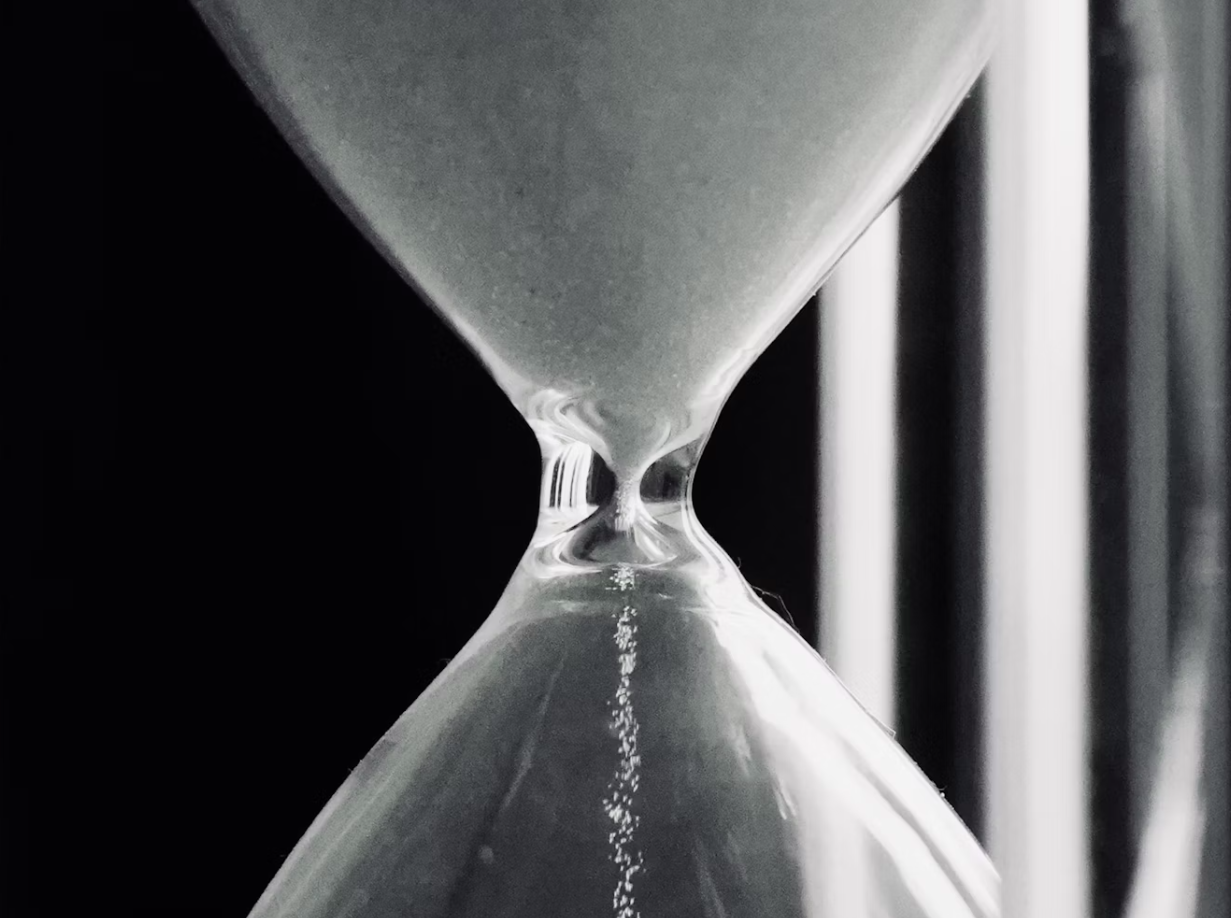
Imagine a diamond that sparkles forever without any energy input. Now picture that sparkle pulsing in a perfect rhythm, not because someone winds it up, but simply because it exists. Scientists call this bizarre state a time crystal. Unlike ordinary crystals that repeat patterns in space, time crystals repeat in time. They oscillate endlessly, defying the usual rules of physics. This concept once lived only in theory. Today, researchers create them in labs. And tomorrow? They might power quantum computers or reveal secrets of the universe.
What Exactly Is a Time Crystal?
Frank Wilczek, a Nobel Prize-winning physicist, first dreamed up time crystals in 2012. He wondered: if atoms arrange themselves in repeating patterns in space to form crystals, could something similar happen in time? Normal objects need a push to move or change. A pendulum swings only if you start it. But Wilczek envisioned a system that moves on its own, forever, without consuming energy.
In simple terms, a time crystal breaks time-translation symmetry. Physics laws usually stay the same no matter when you apply them. Shift an experiment from morning to afternoon, and results match. Time crystals say no. They evolve periodically even in their lowest energy state. No battery. No fuel. Just pure, spontaneous rhythm.
How Scientists Build Time Crystals in the Lab
Researchers first spotted time crystals in 2016. Two teams worked independently. One used trapped ions. The other chose a chain of ytterbium atoms. Both groups applied laser pulses to flip the atoms’ spins in a precise sequence. Then they stopped. Ordinary systems would settle down. These did not. The spins kept flipping back and forth at twice the driving period.
Think of pushing a child on a swing. You push every 2 seconds. The swing moves every 2 seconds. In a time crystal, you push every 2 seconds, but the system responds every 4 seconds. This “subharmonic response” proves the crystal dances to its own beat.
Later experiments grew bolder. In 2021, Google’s quantum team built a time crystal on their Sycamore processor. They used 20 superconducting qubits. Errors threatened to destroy the rhythm, yet the crystal persisted for hundreds of cycles. Afterward, scientists created them in diamonds, using nitrogen-vacancy centers as tiny clocks. Each advance pushes the boundary further.
Why Time Crystals Defy Intuition
Most people grasp space crystals easily. Salt forms cubes. Snowflakes branch in six-fold symmetry. You see the pattern with your eyes. Time crystals hide their pattern in motion. You need to watch them evolve to notice the repeat.
Moreover, they live in non-equilibrium states. Classical physics demands systems relax to minimum energy. Time crystals refuse. They stay in a ground state yet keep moving. This seems impossible, like a ball rolling uphill forever. Quantum mechanics makes it possible. Particles entangle. Superpositions hold multiple states at once. The system finds a loophole in the laws.
Real-World Uses: From Clocks to Computers
Time crystals sound exotic, but they promise practical payoffs. First, consider ultra-precise sensors. Ordinary clocks drift. Atomic clocks lose a second every few billion years. Time crystals might beat that. Their endless rhythm could measure gravity waves or magnetic fields with unheard-of accuracy.
Next, picture quantum memory. Qubits forget easily. A time crystal’s periodic state resists decay. Researchers already store information for milliseconds—short now, but improving fast. Scale that up, and you get robust quantum computers.
Additionally, time crystals simulate complex physics. Black holes? Early universe? They model systems too big or too old to study directly. Scientists tweak parameters and watch time unfold in miniature.
Challenges Scientists Still Face
Creating time crystals takes finesse. Lasers must pulse exactly right. Temperatures hover near absolute zero. Any noise disrupts the dance. Current versions last seconds at best. For real applications, they need hours or days.
Furthermore, theorists debate definitions. Some argue early examples cheated—they still needed periodic driving. True time crystals should oscillate without any external clock. Recent “Floquet” designs come closer, but purity remains elusive.
Scaling poses another hurdle. Ten qubits work. A thousand? Noise wins. Engineers hunt better materials—maybe topological insulators or photonic lattices. Each path demands new tricks.
The Bigger Picture: Rewriting Physics Laws
Time crystals force us to rethink symmetry. Space symmetry gives crystals. Time symmetry seemed unbreakable. Now it cracks. What else might break? Physicists explore spacetime crystals that repeat in both dimensions. Others hunt them in the cosmos—perhaps inside neutron stars where extreme conditions prevail.
Moreover, they bridge quantum and classical worlds. Classical systems equilibrate. Quantum ones explore vast Hilbert spaces. Time crystals sit in between, offering clues to decoherence and measurement problems.
Everyday Analogies to Grasp the Concept
Still confused? Try jelly on a plate. Shake the plate steadily. Jelly wobbles at the same pace. Now imagine jelly that wobbles twice as slow, forever, even after you stop shaking. That’s the essence.
Or think of a heartbeat. Your heart needs food and oxygen. A time crystal’s “heart” beats on zero calories. It’s alive in the physics sense, yet needs no life.
Time Crystals in Nature: Do They Exist Already?
Lab crystals rely on human hands. But nature loves symmetry breaking. Superfluids flow without friction. Magnets align spontaneously. Could time crystals hide in condensed matter?
Some theorists say yes. Certain materials show persistent oscillations under steady light. Others spot hints in pumped Rydberg atoms. Definitive proof waits, but the hunt excites researchers worldwide.
Ethical Questions and Future Risks
Powerful tools raise concerns. Ultra-precise clocks could break encryption. Quantum memories might store secrets forever. Society must prepare. Open science helps. International guidelines emerge. Balance speed with safety.
Furthermore, weaponization worries experts. Perfect sensors detect stealth craft. Nations race quietly. Public dialogue lags. Awareness now prevents misuse later.
Looking Ahead: A Crystal Revolution
Experiments multiply. New platforms appear monthly—optical cavities, mechanical resonators, even cold atoms in space. Each breakthrough lengthens lifetime, simplifies setup, or adds functionality.
Consequently, textbooks rewrite chapters on symmetry. Students learn time crystals alongside snowflakes. Popular culture catches up—sci-fi plots already borrow the idea.
Therefore, the future gleams. Imagine clocks that never drift. Computers that never forget. Sensors that hear gravity’s whisper. All spring from a simple question: what if time could crystallize?
To wrap up, time crystals transform impossibility into engineering. They pulse, they persist, they promise. As we move forward, countless opportunities unfold. With continued effort, significant progress awaits.

Leave a Reply